Planning a home renovation can be exciting, but without a clear plan, it’s easy for costs to spiral out of control. Knowing how to pay for home renovations is key: by choosing the right financing option and creating a realistic budget, you can tackle everything from kitchen remodels to bathroom upgrades without breaking the bank.
In this Redfin guide, we’ll show you how to finance your home renovation projects smartly, stay on budget, and make the most of your investment. Whether you’re upgrading your home in League City, TX or tackling a full renovation in Everett, WA, the right planning and financing tools can make your next project both affordable and stress-free.
In this article:
Why planning your home project matters
Understanding home improvement loans
Budgeting your renovation
Tips for using a loan smartly
Example of a home renovation project loans
How to pay for home renovations: Smart tips to finish your project stress-free
Home improvement loans FAQs
Why planning your home project matters
Every successful renovation starts with a solid plan. Whether you’re updating a bathroom, refreshing your kitchen, or adding more space, having a clear vision and budget from the start can save you time, stress, and money. Without one, it’s easy to underestimate costs, overlook key details, or face delays that stretch your timeline (and your wallet).
Planning ahead helps you:
- Set a realistic budget so you know what you can afford before work begins.
- Compare contractor estimates to find the best fit for your project and price range.
- Prioritize upgrades that offer the most impact or return on investment.
- Explore financing early, such as home improvement loans, so you’re not scrambling for funds mid-project.
A clear plan also gives you confidence when unexpected costs come up. You’ll know where to adjust and how to keep your project on track. Think of it as laying the foundation not just for your remodel, but for your peace of mind. The more intentional your plan, the smoother and more rewarding your renovation will be.
Understanding home improvement loans
Before you start tearing down walls or picking paint colors, it’s important to understand how home improvement loans work. These loans are designed to help homeowners finance renovations, repairs, or upgrades without draining their savings.
There are several types of home improvement loans to consider:
- Personal loans: Unsecured loans that can be used for almost any project. They’re a good fit for smaller renovations or when you want quick funding.
- Home equity loans: These use your home’s equity as collateral and often come with fixed interest rates and predictable monthly payments.
- Home equity lines of credit (HELOCs): Similar to credit cards, HELOCs let you borrow as needed, which can be helpful for projects with flexible timelines.
- Dedicated home improvement financing: Services like PowerPay offer financing specifically for renovations, often with competitive rates and flexible repayment terms.
To learn more about the loan options homeowners have, we talked with Mike Petrakis, CEO of PowerPay. “Find a lender who provides unsecured, fixed-rate installment loans designed specifically for home projects with the ability to see their potential low, fixed monthly payment in seconds. Unlike general lenders, our products are built specifically for home projects, and provide instant clarity with zero worry or hassle.”
When choosing a loan, think about your project size, budget, and how long you plan to stay in your home. A smaller project might call for a quick personal loan, while a full kitchen remodel could benefit from a longer-term financing option.
Budgeting your renovation
A realistic budget is the backbone of any successful home project. It helps you stay in control of costs, avoid surprises, and make confident decisions along the way. Before you start, take time to review your finances and decide how much you’re comfortable investing.
Here are a few steps to create a solid renovation budget:
- Assess your finances: Review your savings, income, and other expenses to understand what you can afford to spend.
- Get detailed estimates: Gather quotes from multiple contractors to compare pricing and scope of work.
- Add a contingency fund: Set aside 10 to 20 percent of your total budget for unexpected costs or upgrades.
- Decide how you’ll finance the project: Combine savings with home improvement loans or other financing options if needed.
- Track costs as you go: Keep an eye on invoices, materials, and payments to stay within your planned range.
A well-planned budget also gives you flexibility. If a must-have feature costs more than expected, you’ll know where you can scale back elsewhere. And by planning your financing early, you can avoid costly delays or credit stress once work begins.
Tips for using a loan smartly
Financing your renovation can make even large projects manageable, but it’s important to use your home improvement loan wisely. The right approach can keep your project on track, protect your budget, and help you avoid unnecessary stress.
Here are some tips for using a loan smartly:
- Match the loan to your project: Choose a loan type and amount that fits your renovation needs and timeline. Avoid borrowing more than necessary.
- Understand repayment terms: Know your interest rate, monthly payments, and total cost over time so you can plan your finances.
- Prioritize essential upgrades: Focus on must-have improvements first, then use remaining funds for optional features if your budget allows.
- Track your spending: Use tools like PowerPay to manage payments and monitor interest, keeping your project within budget.
- Plan for contingencies: Even with a loan, unexpected expenses can arise. Set aside part of your loan or savings for surprises to avoid delays.
“Fixed-rate loans let homeowners know exactly how the project fits into their long-term budget,” Mike Petrakis shares. “Funding is provided in a lump sum to the contractor, which discourages overspending and keeps the project within scope.”
Example of a home renovation project loans
To illustrate how a home renovation loan can simplify multiple projects, here’s a real example from Mike Petrakis at PowerPay:
“A homeowner reached out to PowerPay needing both a new roof and new windows, but was concerned about managing two separate projects and the total cost. We prequalified them for $30,000 with a soft credit pull—no impact on their credit score—and connected them with a certified contractor who provided a combined project quote of $24,500.
PowerPay’s Concierge Team guided the homeowner through the quote, handled all documentation, and eliminated the need for a project deposit. We monitored the installation with an on-site mobile inspection tool to ensure quality and compliance. Once the project was complete, we finalized the paperwork, set up a single monthly payment of $205 via our online portal, and directly funded the contractor. The homeowner was left with a seamless, stress-free experience.”
How to pay for home renovations: Smart tips to finish your project stress-free
Financing your home renovation doesn’t have to be stressful. By planning carefully, setting a realistic budget, and choosing the right home improvement loans, you can make upgrades that boost both comfort and value. With the right strategy, your next project can stay on budget, on schedule, and leave you with a home you love for years to come.
Home improvement loans FAQs
What are home improvement loans?
Home improvement loans are financing options designed to help homeowners fund renovation projects. They can include personal loans, home equity loans, or specialized programs that cover remodeling costs while spreading out payments.
How do I know which loan is right for my project?
The best loan depends on your budget, project size, and credit situation. Personal loans are quick and unsecured, while home equity loans or HELOCs may offer lower interest rates. Tools like PowerPay can help compare options and manage repayments.
Can I use a home improvement loan for small projects?
Yes. Home improvement loans aren’t just for major renovations. Many homeowners use them for kitchen upgrades, bathroom remodels, or even energy-efficient improvements. The key is to match the loan size with your project cost.
How can I avoid overspending with a home improvement loan?
Create a detailed budget, include a contingency fund, and choose a loan with terms that fit your repayment ability. Financing tools can help track spending and payments to keep your project on track.
Do home improvement loans add value to my home?
Yes, when used for strategic upgrades. Projects like kitchen remodels, bathroom renovations, or energy-efficient improvements can increase your home’s resale value, especially when planned and executed carefully.
The post How to Pay for Home Renovations: Expert Tips for Affordable Upgrades appeared first on Redfin | Real Estate Tips for Home Buying, Selling & More.





Join The Discussion